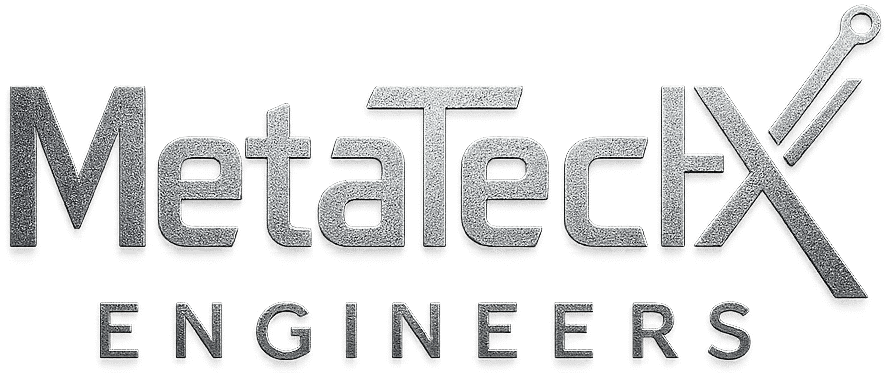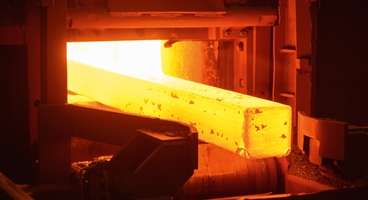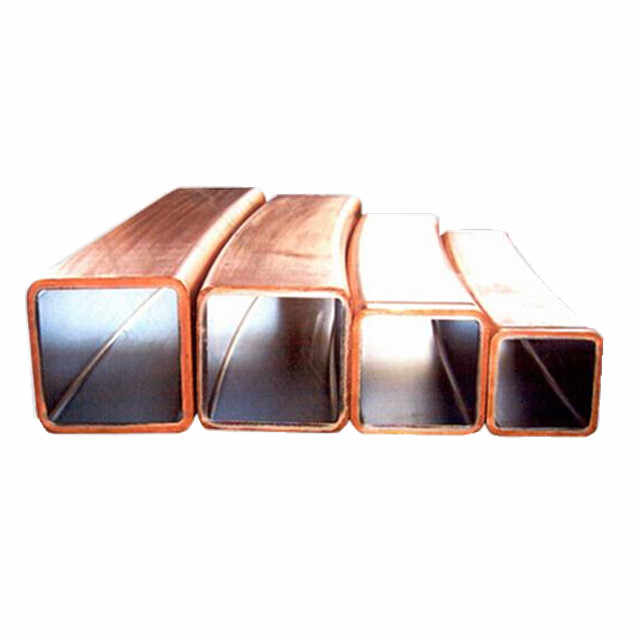Charge mix calculation is the process of determining the optimal combination of raw materials—like scrap, pig iron, sponge iron, and ferroalloys—to be charged into the furnace. The goal is to achieve the desired chemical composition of the molten steel while minimizing cost and energy consumption.
Charge mix calculation is the unsung hero of steelmaking—where metallurgy meets economics. Whether you’re running an induction furnace or an electric arc furnace, mastering this step means better steel, lower costs, and a smarter melt shop.
⚙️ Steelmaking Charge Mix Calculator
Calculate metallurgical compositions, yields, and production costs with Mr. Prashant Goswami
🔧 Charge Materials
| Material | % in Charge | Yield % | Cost ₹/ton | C% | Mn% | Si% | P% | S% |
|---|---|---|---|---|---|---|---|---|
| 🟤 Sponge Iron | ||||||||
| ⚫ Pig Iron | ||||||||
| ♻️ Scrap | ||||||||
| 🔹 SiMn | ||||||||
| 🔸 FeMn |
⚡ Power Costs
💰 Other Costs
Includes refractories, electrodes, etc.
📈 Real-time Performance Dashboard
📊 Live metrics update as you adjust your charge mix • Red dashed lines show target levels
📊 Detailed Calculation Results
📚 Metallurgical Guides & Best Practices
🧪 Target Chemistry Guidelines
Carbon (C)
- • Low Carbon Steel: 0.05-0.25% (Structural, automotive)
- • Medium Carbon: 0.25-0.60% (Machinery, tools)
- • High Carbon: 0.60-1.70% (Springs, cutting tools)
- • Decarburization: ~0.15-0.25% loss during refining
Manganese (Mn)
- • Minimum: 0.30% for deoxidation
- • Typical Range: 0.60-1.65%
- • Function: Deoxidizer, hardenability, strength
- • Mn/S Ratio: Maintain >20:1 for hot workability
Silicon (Si)
- • Killed Steel: 0.15-0.35%
- • Semi-killed: 0.05-0.15%
- • Function: Primary deoxidizer, fluidity
- • High Si Steel: 0.50-2.00% (electrical grades)
⚠️ Impurity Control Limits
Phosphorus (P)
- • Maximum: 0.045% (most grades)
- • Ultra-low P: <0.015% (automotive)
- • Effect: Cold shortness, brittleness
- • Control: Basic slag, lime addition
Sulfur (S)
- • Maximum: 0.050% (most grades)
- • Ultra-low S: <0.015% (deep drawing)
- • Effect: Hot shortness, inclusion formation
- • Control: Desulfurization, Mn addition
⚡ Critical Ratios
- • Mn/S: >20 (preferably >30)
- • C/P: Monitor for cold shortness
- • Si+Al: 0.20-0.60% total deoxidation
⚙️ Charge Mix Optimization Guidelines
🟤 Sponge Iron (DRI)
- • Typical Range: 40-70%
- • Advantages: Low tramp elements, consistent quality
- • Considerations: Higher cost, oxidation losses
- • Metallization: >85% recommended
♻️ Scrap Steel
- • Typical Range: 15-40%
- • Advantages: Lower cost, good yield
- • Risks: Tramp elements (Cu, Sn, Cr)
- • Quality: Use clean, sorted scrap
⚫ Pig Iron
- • Typical Range: 10-30%
- • Function: Carbon source, dilution
- • Benefits: High yield, known chemistry
- • Limit: High Si pig iron increases Si content
🔬 Ferroalloy Addition Strategy
🔹 SiMn (Silico-Manganese)
- • Timing: Primary deoxidation stage
- • Typical Addition: 2-5 kg/ton
- • Recovery: Si: 50-70%, Mn: 85-95%
- • Function: Combined Si-Mn deoxidation
🔸 FeMn (Ferro-Manganese)
- • Timing: Final adjustment stage
- • Typical Addition: 1-3 kg/ton
- • Recovery: Mn: 90-95%
- • Function: Mn adjustment, desulfurization aid
📋 Addition Sequence
- 1. Melting: Charge metallic materials
- 2. Refining: Slag formation, P removal
- 3. Deoxidation: Add SiMn for primary deox
- 4. Adjustment: FeMn for final Mn level
- 5. Final Deox: Al wire/powder if required
- 6. Casting: Temperature and chemistry check
💡 Pro Tip: Always add ferroalloys in small portions to avoid temperature drop and ensure proper mixing.
⚗️ Reduction Reactions & Furnace Chemistry
🔥 Primary Reduction Reactions
FeO + CO → Fe + CO₂
Residual oxides in DRI continue reducing in furnace
2SiO₂ + Si → 3SiO (volatile)
High temperature reaction, significant Si losses possible
MnO₂ + 2C → Mn + 2CO
Better recovery than Si, stable in steel bath
💨 Oxidation & Loss Mechanisms
C + CO₂ → 2CO
Primary decarburization mechanism during refining
2Si + O₂ → 2SiO (gas)
Forms slag, volatile losses at high temp
3Fe + 2O₂ → Fe₃O₄
Yield loss, increases slag FeO content
🎯 Your Charge Mix – Expected Reactions
🌡️ Temperature-Dependent Reactions
- • DRI residual oxide reduction
- • Initial carbon dissolution
- • Slag formation begins
- • Active decarburization
- • Phosphorus removal
- • Sulfur partition to slag
- • Ferroalloy dissolution
- • Final deoxidation
- • Inclusion flotation
⚖️ Equilibrium Considerations
CO formation limits final C content based on temperature and pressure
Si, Mn, Al compete for oxygen – addition sequence matters
P, S distribution depends on slag basicity and temperature
🌡️ Critical Process Parameters
Temperature Control
- • Melting: 1580-1620°C
- • Refining: 1600-1650°C
- • Tapping: 1650-1680°C
- • Casting: 1520-1560°C
Slag Management
- • Basicity (CaO/SiO₂): 2.5-3.5
- • FeO Content: <15% for good yield
- • MgO Saturation: 8-12%
- • Fluidity: Maintain proper viscosity



